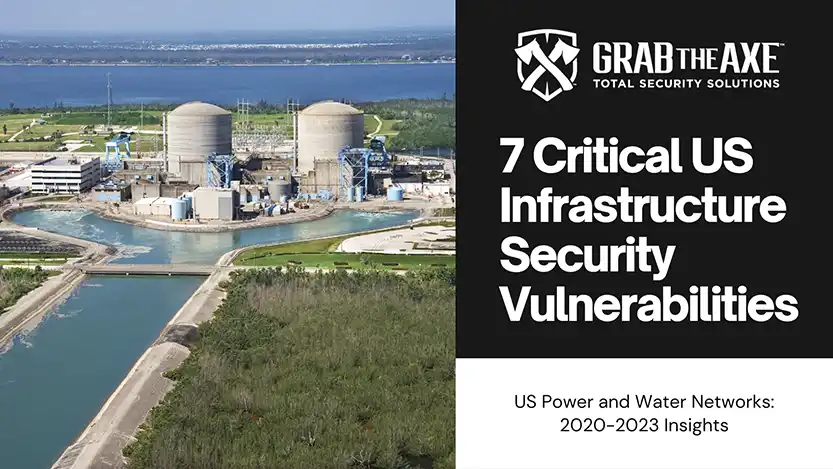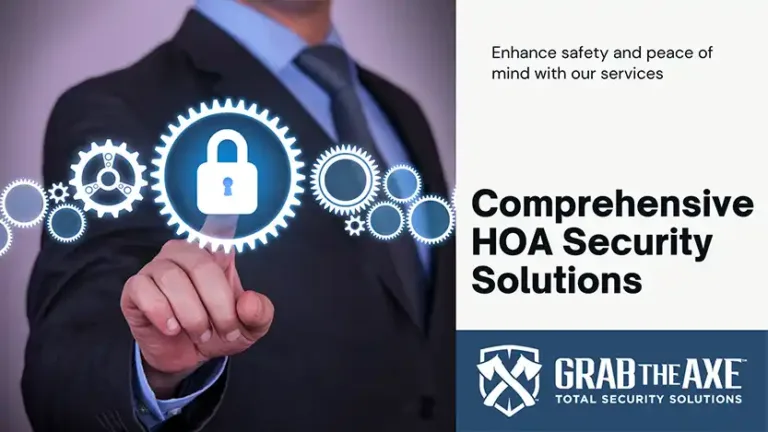This detailed case study explores the critical vulnerabilities in the US power and water distribution networks. With increasing threats from both physical and cyber-attacks, this analysis highlights recent incidents, their implications for national security, and recommendations for enhancing infrastructure resilience.
Background:
- Industry: US Infrastructure Security
- Focus Areas: Power and Water Distribution Networks
The United States’ critical infrastructure faces significant threats from both physical and cyber-attacks. This study delves into the vulnerabilities of the power and water distribution networks, highlighting recent incidents and their broader implications.
Vulnerabilities in the US Power Grid: Recent Incidents and Implications:
- Alarming Threats to the US Energy Grid (2023): Aging infrastructure and escalating cyber and physical threats pose significant challenges to grid reliability and security.
- Violent Extremists Sharing Tactics (2023): Increasing collaboration among domestic extremists targeting power stations heightens the need for robust security measures.
- Power Grid Attacks on Substations (2022): An uptick in physical attacks disrupts essential services, affecting businesses, healthcare, and daily life.
- Physical Attacks on the Power Grid (2023): A significant increase in physical attacks underscores the urgent need for improved security protocols.
Vulnerabilities in the US Water System: Recent Incidents and Implications:
- Ransomware Attacks on Water Treatment Plants (2021): Incidents in Nevada, Maine, and California highlight the covert nature of cyber threats.
- Cyberthreats Targeting US Water and Wastewater Systems (2020): Attacks on facilities in New Jersey and Kansas expose significant vulnerabilities.
- Ongoing Cyber Threats (CISA): Continuous advisories emphasize the need for robust cybersecurity measures.
- US Water Supply System Targeted (2021): Recent attacks demonstrate the critical need for enhanced security measures and public awareness.
Evaluation and Critical Analysis: Key Vulnerabilities:
- Aging Infrastructure: The outdated infrastructure is more vulnerable to modern threats, leading to increased operational costs and inefficiencies.
- Cyber Threat Landscape: Sophisticated, well-coordinated cyberattacks, often state-sponsored, target critical systems.
- Physical Attacks: Rising physical attacks cause immediate disruptions and are more challenging to repair.
- Natural Disasters and Climate Change: Increasing frequency and intensity of natural disasters exacerbate vulnerabilities, making systems targets for opportunistic attacks.
Remediation Methods Based on Security Industry Best Practices
Infrastructure Modernization:
- Modernize aging infrastructure with updated components and technologies designed to withstand current and future threats.
Enhanced Cybersecurity Measures:
- Network Segmentation: Segregate critical from non-critical systems.
- Regular Patching: Keep systems updated to protect against known vulnerabilities.
- Multi-factor Authentication: Add an additional layer of security for accessing critical systems.
- Incident Response Plan: Regularly update and test incident response plans to minimize impact and ensure swift recovery.
Physical Security Enhancements:
- Perimeter Security: Enhance physical security with fencing, surveillance cameras, and motion detectors.
- Security Personnel: Increase presence in vulnerable areas.
- Access Control: Implement strict access controls.
Resilience Against Natural Disasters:
- Infrastructure Hardening: Reinforce facilities to withstand natural disasters.
- Backup Systems: Ensure functional backup systems are in place.
- Disaster Recovery Plan: Develop and regularly update comprehensive disaster recovery plans.
Public and Private Sector Collaboration:
- Encourage collaboration for sharing threat intelligence, best practices, and resources.
Regular Training and Drills:
- Conduct training sessions and drills to ensure preparedness.
Public Awareness:
- Engage with the public to raise awareness about the importance of these infrastructures.
Conclusion:
Addressing the vulnerabilities in the US power and water distribution networks requires a multi-faceted approach. By combining technological upgrades, policy changes, public awareness campaigns, and public-private collaboration, the US can significantly enhance the security and resilience of its critical infrastructures.
Contact Information:
For more information on our security solutions, please contact: Grab The Axe, Phoenix, Arizona
US Infrastructure Security – To Learn More:
Physical Security in Government Buildings: Comprehensive Guide to Enhancing
Essential Cybersecurity Communication Guide for Specialists: Effective Strategies
Secure Your Business Future with Comprehensive Physical Security Assessments – Grab The Axe





